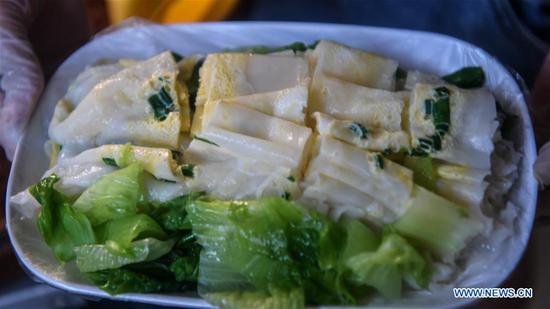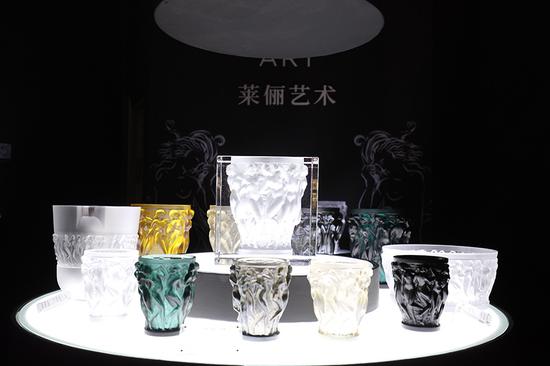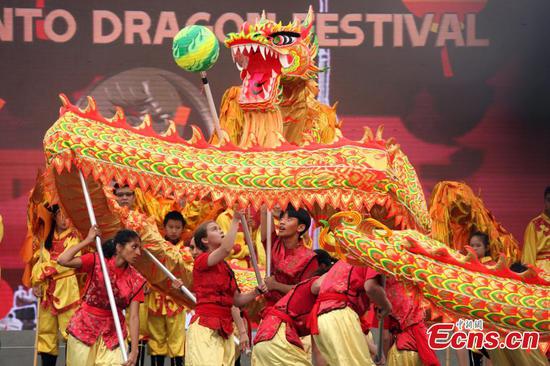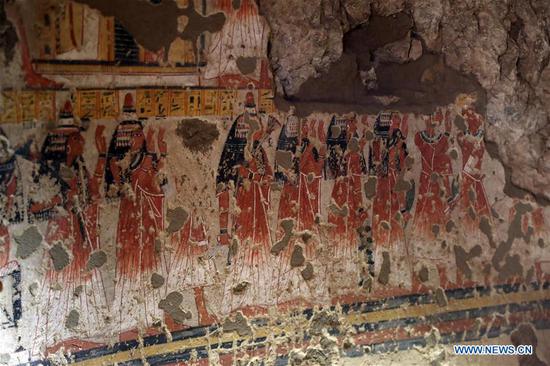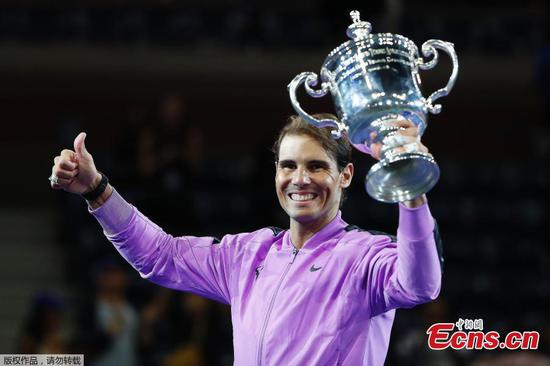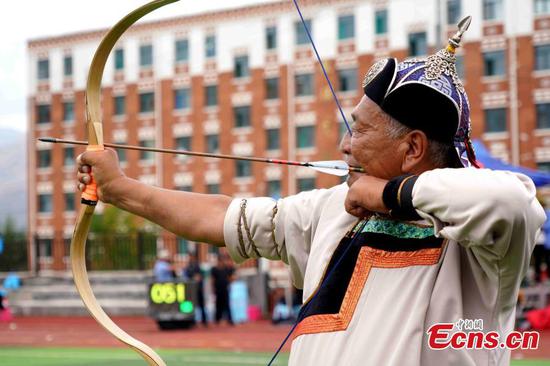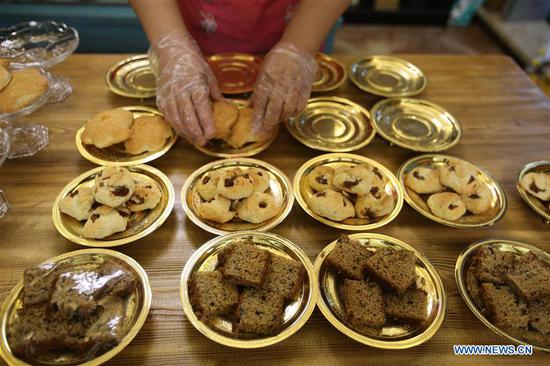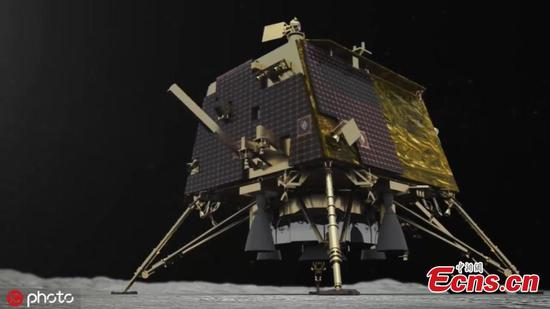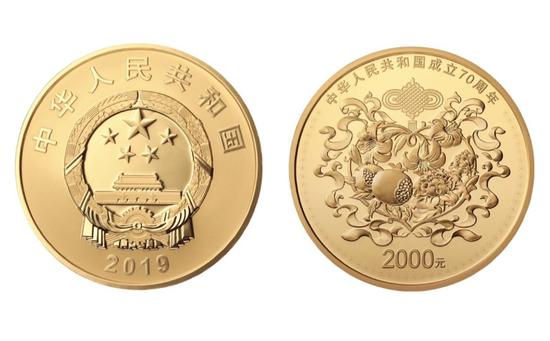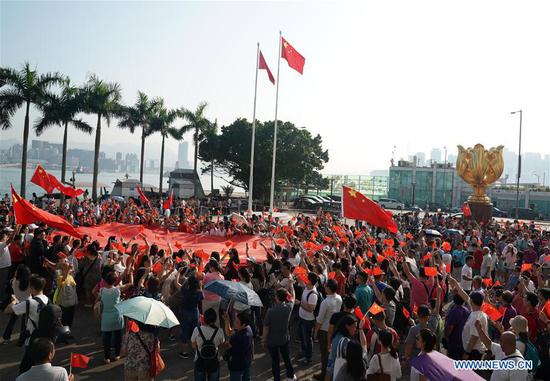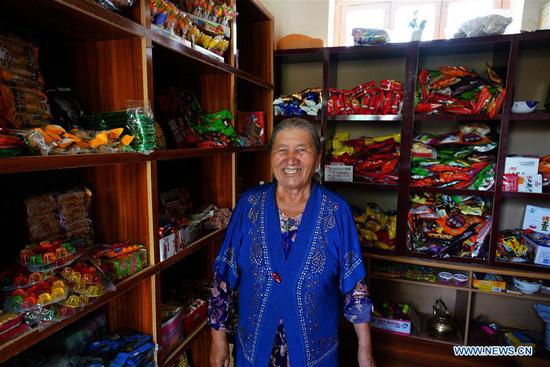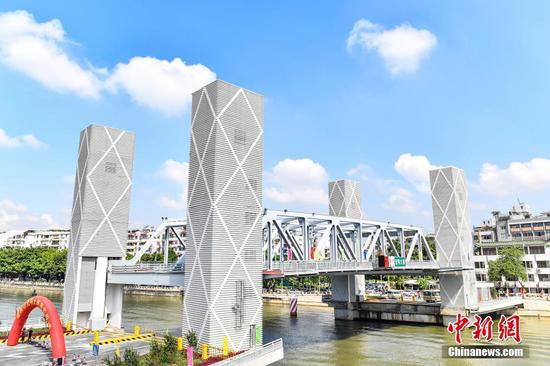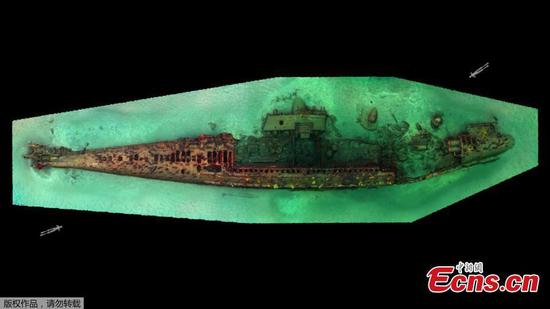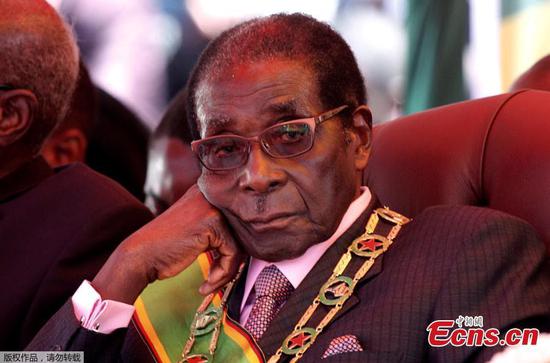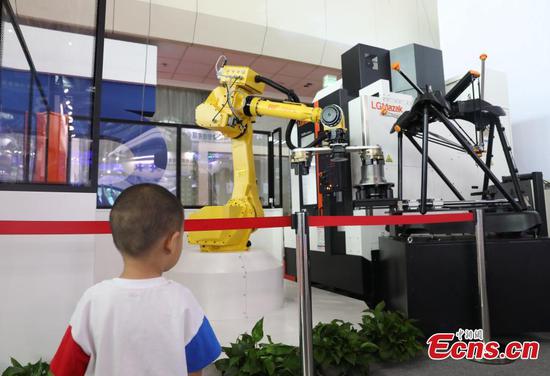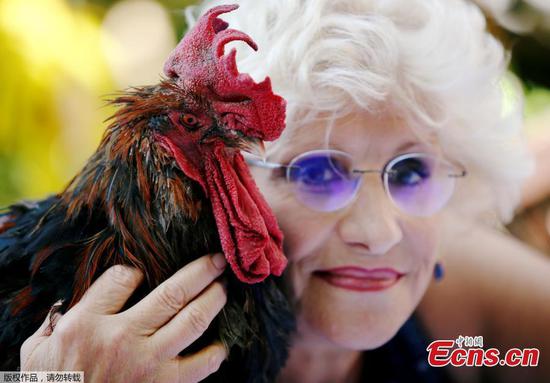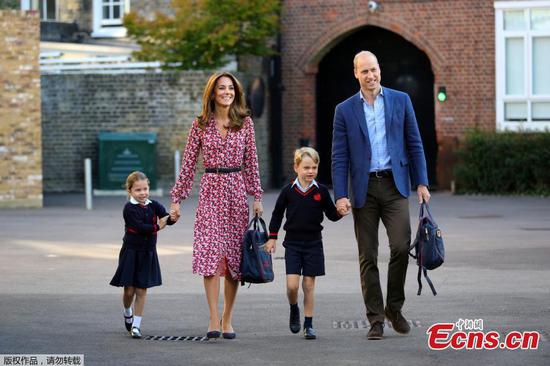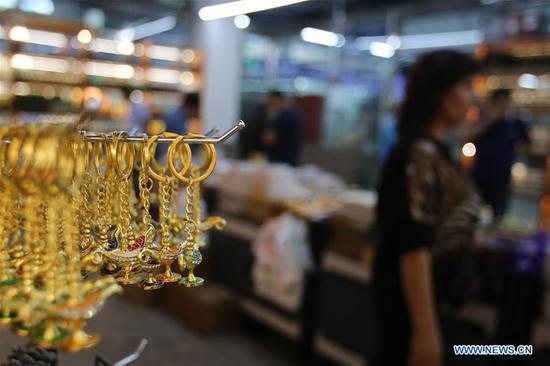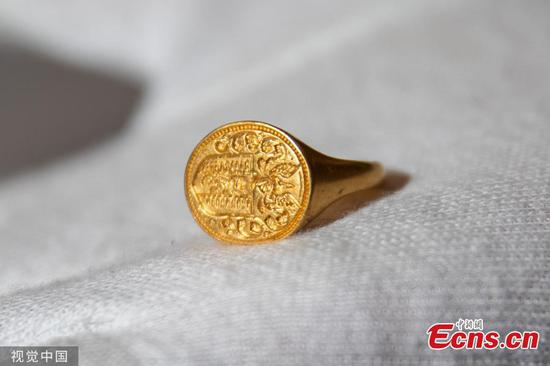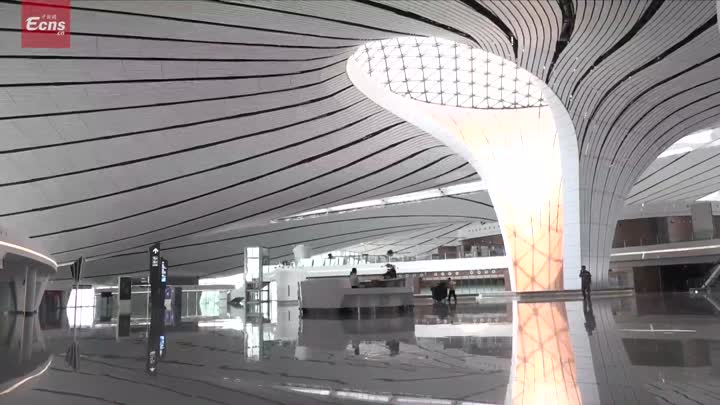As the Mid-Autumn Festival approaches, more Chinese museums are engaging in market competition with moon cakes carrying unique cultural symbols.
The Summer Palace, a renowned UNESCO World Heritage Site in Beijing, has launched a moon cake gift box that draws inspiration from a screen with Cantonese embroidery designs preserved in the royal garden.
Featuring patterns of birds that symbolize good luck in traditional Chinese culture and distinctive buildings in the garden, the individually packaged moon cakes have six different fillings, according to the China Youth Daily.
The National Museum of China (NMC) has developed a "ruyi" cake, based on the traditional Chinese ruyi ornament, which symbolizes good fortune.
The Palace Museum, which has been gaining popularity among young people for its cultural products ranging from stationery to cosmetics, has also started selling this year's special moon cakes on e-commerce platform Tmall.
China's Mid-Autumn Festival is usually marked by family reunions, with a long-standing tradition of enjoying the sight of the full moon while eating moon cakes together.
This year's festival falls on Sept. 13.
Besides competing for market share upon major festivals, museums across the country are also trying to bring cultural heritage closer to a wider range of consumers through food.
Museums in Jiangsu, Sichuan and Guangdong have launched snacks such as cookies and cakes inspired by precious relics in their collections.
This year, the Summer Palace added food to its cultural products for the first time. Pastries that once were only available to the royal family can now by tasted by ordinary consumers.
Liao Fei from the NMC said the competitiveness of cultural products lies in the cultural symbols that they carry.
"To stand out from fierce market competition, a cultural product should be unique and able to convey a cultural message through its design," Liao said.












